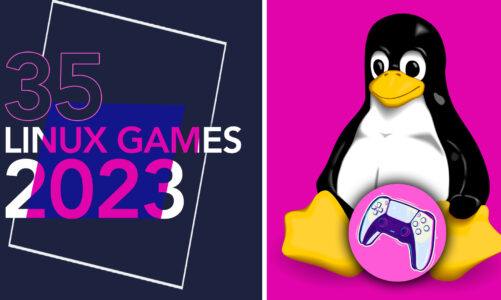In terms of selecting the ideal desktop environment for your Linux operating system, a multitude of choices are available. However, for users who are looking for a lightweight, customizable, and efficient experience, the debate often boils down to LXQt and Xfce. However, how does one decide between these two formidable options?
Let’s break down the key differences between the two, evaluating their performance, customization options, and user experience, and we will certainly know which is better.
Overview of LXQt
LXQt is a desktop environment that emerged from the merging of LXDE-Qt and Razor-qt projects. The aim of LXQt is to provide a lightweight, modular, and fast desktop environment for users who want a smooth experience without the bloat of other desktop environments.
LXQt is built using the Qt framework, which enables it to have a modern, clean, and attractive look. It provides an extensive variety of personalization choices, enabling you to modify its look and features according to your liking.
As a lightweight desktop environment, LXQt is designed to work well on both modern and older hardware, ensuring that your system runs smoothly and efficiently.
Overview of Xfce
Xfce is a well-established desktop environment that has been around since 1996. It aims to offer a simple and convenient experience, which has gained popularity among users who have older or less powerful computer equipment
Xfce offers a simple, clean, and functional interface with a focus on providing essential features without unnecessary frills. It has a wide range of built-in applications, which are designed to integrate seamlessly with the desktop environment.
Xfce has gained a reputation for its ability to consume fewer system resources, making it a great option for computers with older hardware or limited resources.
LXQt vs Xfce: Which is better?
1: Customizability
LXQt and Xfce provide users with ample opportunities to customize their desktop environment as per their individual preferences, offering a personalized desktop experience. However, LXQt has a slight edge in this department, thanks to its more modern design and the flexibility offered by the Qt framework.
2: Resource Usage
Each of the two desktop environments is created with the aim of being resource-friendly and effective. While Xfce has traditionally been seen as the lighter of the two, recent improvements in LXQt’s performance have closed the gap considerably. In general, both LXQt and Xfce perform well on systems with limited resources, making them suitable for a wide range of hardware configurations.
3: User Interface
While both LXQt and Xfce have clean and functional interfaces, LXQt’s design is more modern, thanks to its use of the Qt framework. Xfce, on the other hand, has a more classic look and feel. Deciding between the two primarily depends on individual taste and whether you favor a contemporary or classic visual style.
4: Applications and Ecosystem
Both LXQt and Xfce come with a selection of built-in applications that are designed to integrate seamlessly with their respective desktop environments. However, Xfce has a more extensive ecosystem with a larger number of native applications available. This can be an advantage if you prefer a cohesive and unified experience across all your applications.
5: Community and Support
Both LXQt and Xfce have active and supportive communities, which can be an essential factor when seeking help with issues or looking for ways to customize your desktop environment. However, Xfce has been around for a longer time and has a larger user base, which may translate to more resources and support available online.
6: Stability and Reliability
Xfce has a reputation for being a stable and reliable desktop environment, thanks to its long history and mature codebase. LXQt, while not as established, has also proven to be reliable in its relatively short lifespan. Both options should provide a stable and dependable experience for most users.
Conclusion
Both LXQt and Xfce are excellent lightweight desktop environments that cater to users looking for a smooth and efficient experience on their Linux systems. While LXQt offers a more modern and customizable interface, Xfce provides a more extensive application ecosystem and a classic look. By carefully considering your priorities and system requirements, you can confidently choose the desktop environment that will best serve your needs and enhance your computing experience.




